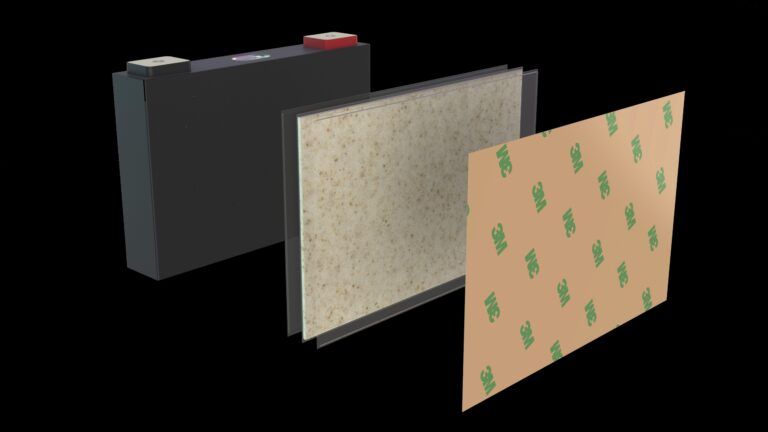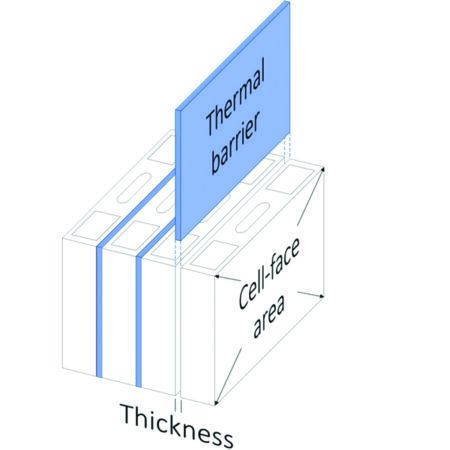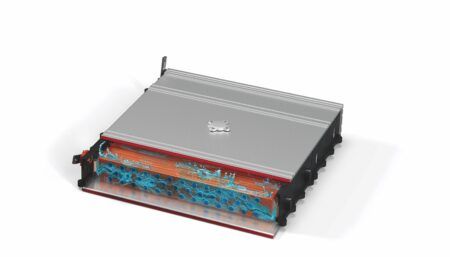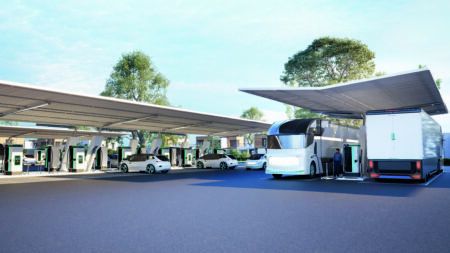In an industry moving at pace, thermal management, cushioning, and sealing technologies are redefining how battery packs are designed, assembled, and protected.
Responding to the increased complexity in battery pack design due to the evolution of EVs and hybrids, science-based innovator, 3M, designs and manufactures barrier materials, cushioning materials, and sealants.
With a portfolio that includes thermal runaway barriers, cushioning foams, sealants, and more, the global company is addressing critical issues such as thermal management, battery pack assembly, cost reduction, and manufacturing efficiency.
One of the most pressing concerns in Li-ion battery systems is thermal runaway. To help address this design challenge, the company offers its 3M Thermal Runaway Barrier 600/700 Series, which comprise a compressible, flame-resistant, thermal insulation mat material. Capable of withstanding temperatures up to 1,200°C, these maintain structural integrity even in extreme environments.
Anja Rohmann is an advanced application engineering specialist. She says, “The mat features non-classified fibers, has good flame resistance, and is designed to help slow down heat transfer from one cell to the next. And both series can be applied between cells to help reduce thermal transport in high temperatures.”
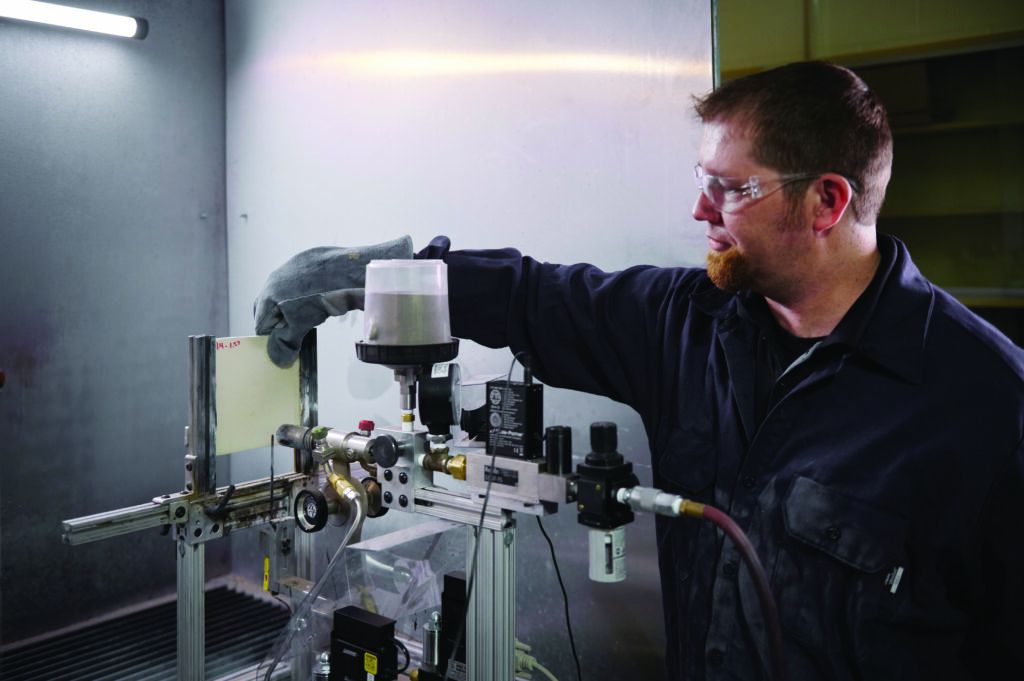
Rohmann explains that a key challenge in battery pack assembly is maintaining consistent pressure within the battery while absorbing mechanical stresses and vibrations. 3M Cell Expansion Foam SJCEF is a flame-retardant microcellular polyurethane foam that meets this need. Its self-tacky properties reduce process steps and assembly time, helping to streamline operations. Rohmann adds, “It features customizable compression plateau for consistent battery pressure and comes in a wide range of thicknesses, which means the material can accommodate multiple battery designs without compromising performance,” making it ideal for both EV and hybrid applications.
Battery enclosures must be sealed to prevent moisture ingress, protect internal components, and enable future serviceability. 3M Sealant SZ1000 for EV Enclosure Sealing is a two-part, cure-in-place foam sealant designed to satisfy these customer needs. Offering flame retardancy, excellent aging durability, and automated dispensing compatibility, it helps manufacturers to meet strict enclosure specifications while maintaining production throughput. Rohmann explains that whether used in EVs or hybrids, the sealant plays a critical role in maintaining long-term battery pack integrity in varying environmental conditions.
According to Rohmann, product development in the battery sector is anything but static. Indeed, OEMs are continually refining their designs to meet shifting performance, cost, and safety targets. She comments, “The customer develops and optimizes their battery designs very dynamically in response to constantly changing challenges from the industry. This can sometimes be very short-term. Our experience is crucial in anticipating certain material properties or incorporating them in advance.” This rapid iteration cycle presents a challenge for material suppliers, but 3M is able to remain agile without sacrificing quality or reliability.
3M’s approach to innovation hinges on direct engineer-to-engineer collaboration; this is what the company refers to as ‘bench-to-bench’ development, upon which Rohmann expands: “Close collaboration with the OEM is crucial for the success of development. Once key opportunities are identified, having engineers sit down and talk through technical challenges enables everyone to understand where the pain points are. Sometimes these are in the product concept, sometimes in how to integrate an innovative idea into the manufacturing process. Through close collaboration, both parties have the opportunity to learn about the feasibility, development potential, and limitations of each other.”

Indeed, it is here when an OEM’s challenges become 3M’s challenges. “A primary concern of OEMs is cost reduction,” she says, adding, “Reducing the cost of battery packs to make electric vehicles and other applications more affordable is a major challenge.” This, she reveals, involves optimizing manufacturing processes and material usage, as well balancing performance with material and production costs.
And then there are challenges associated with thermal management. As energy density increases, so does the challenge of greater heat release. “Efficiently managing the heat generated to address safety and performance is critical,” she reflects, pointing out that advanced materials with high thermal stability and low conductivity are currently being developed by 3M to address this.
While early battery pack designs focused on single-purpose materials, over time the industry has shifted to multi-purpose materials, as Rohmann explains, “With greater focus on vehicle affordability and industrialization, OEMs are looking for solutions that not only meet the application goals, but do so in a way that can be easily integrated into their manufacturing processes.” She reveals that OEMs are also looking for material solutions that help address multiple requirements unique to the new chemistry and form factors that are on the market.
“In the case of thermal runaway barriers, this means that the requirements for the selected materials still need to remain extremely high in terms of thermal stability, but they must now also offer excellent elasticity and extended durability.” This nuanced balance of properties requires a deep understanding of materials science and continuous feedback from real-world applications, something which 3M is uniquely positioned to accomplish.
It is undeniable that safety and environmental regulations are also shaping product development, as Rohmann comments, “Regulations for EVs and thermal events are designed to help address safety, performance, and environmental compliance.”

Here, environmental mandates, such as the EU Battery Directive and End-of-Life Vehicle Directive, are influencing designs by encouraging the use of materials that can help with disassembly and recycling. These factors are incorporated into the company’s R&D plans to maintain future-ready solutions.
While EV and hybrid battery packs face different challenges, such as energy density for EVs and ICE integration for hybrids, many solutions can be shared or complementary between platforms. Advances in battery technology, thermal management, and control systems for one type can often be adapted for the other,” says Rohmann “and improvements in manufacturing efficiency and cost reduction techniques can benefit both full EVs and hybrids.”
This cross-pollination of ideas and technologies is what will enable robust, flexible solutions that are capable of addressing the full spectrum of EV requirements. “By addressing these challenges with innovative solutions and leveraging synergies between full EV and hybrid technologies, we can enhance the performance and competitiveness of both types of vehicles,” Rohmann concludes.
